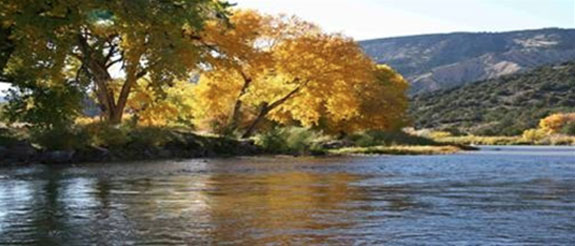 As an environmental mediator I am a proud member of the diverse family of mediators, worldwide. We are for the most part a good bunch — patient, good listeners, eager to help people in conflict find a good solution. But the substance of what we do varies widely. There are family mediators who deal with divorce and child custody. Business and commercial mediators handle disputes between building owners, tenants, contractors and lenders. There are school mediators who help students, parents, teachers and administrators talk to each other and seek peace on the playground, in the classroom, and on the bus. Basically, any segment of society – youth, elders, education, health, business, media, the arts – probably has a mediator in the wings ready to deal with trouble.
As an environmental mediator I am a proud member of the diverse family of mediators, worldwide. We are for the most part a good bunch — patient, good listeners, eager to help people in conflict find a good solution. But the substance of what we do varies widely. There are family mediators who deal with divorce and child custody. Business and commercial mediators handle disputes between building owners, tenants, contractors and lenders. There are school mediators who help students, parents, teachers and administrators talk to each other and seek peace on the playground, in the classroom, and on the bus. Basically, any segment of society – youth, elders, education, health, business, media, the arts – probably has a mediator in the wings ready to deal with trouble.
We environmental mediators deal with conflicts that involve the ownership, management and use of natural resources. Some of the issues I have mediated include water rights, air quality standards, hazardous waste facilities, mine reclamation, protection of endangered species and cultural properties. When I give someone the 30 second description of what I do, often the first response is “Don’t you think that climate change is our biggest issue?” followed by something like “These logging companies are just destroying the forests! Can’t you do something about that?” I may have certain cards in my wallet that represent support of certain causes, but that advocacy part of me has no place in my work life, and I am careful to keep it out. I need to treat everyone at the negotiating table – mining executive, Sierra Club member, tribal leader and state agency staff, for instance – fairly and with respect. That is what I expect from those parties and that is what I need to model.
My practice is different from that of my colleagues in other areas because there is a “party” in the room, if not at the table, that cannot speak. Environmental advocates and organizations valiantly try to represent the environment and speak for its interests, but the environment itself has no voice. The stakes can be high but the outcome is in the hands of others.
Many years ago I was facilitating a meeting to discuss the possible revision of the water laws in the state of New Mexico. State officials, tribal leaders, farmers, ranchers and business interests were there, each advocating for their water needs. As the discussion turned to water rights, the leader of a small Indian pueblo stood up. “I think that the water should have its own right.” There was a confused silence. He went on. “The river should have a right to have water in it – not so the fisherman can fish, or the city can grow, or the farmer can irrigate, I don’t mean that. The river needs its own water, for itself, Not for anything else.”
That concept has stuck with me. Inevitably our work is people-centered. People are at the table. They are the ones with the power and they will make the final decisions. But I try to be sure we all remember that the environment is at the table, too, depending on all of us for its health.
